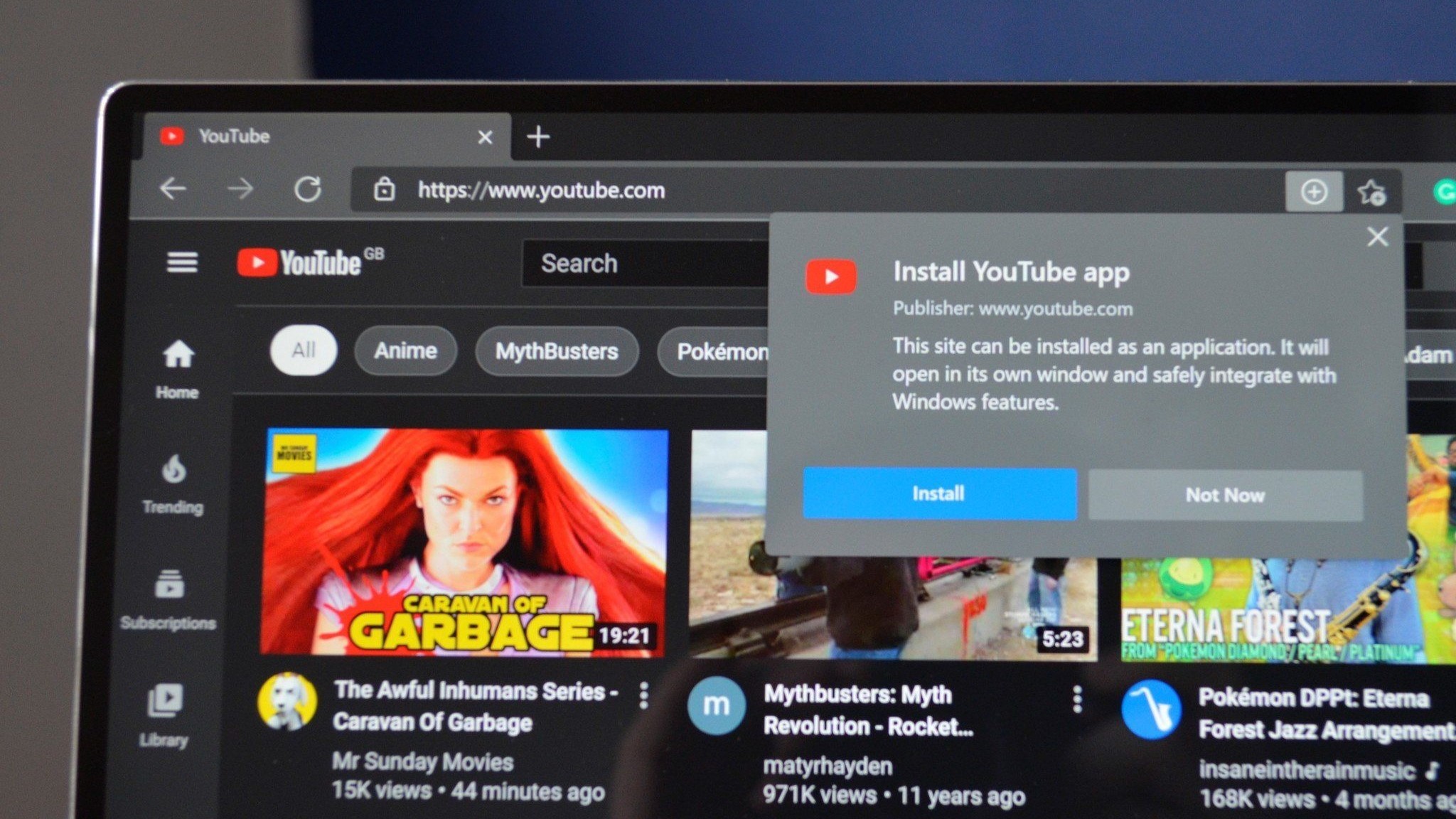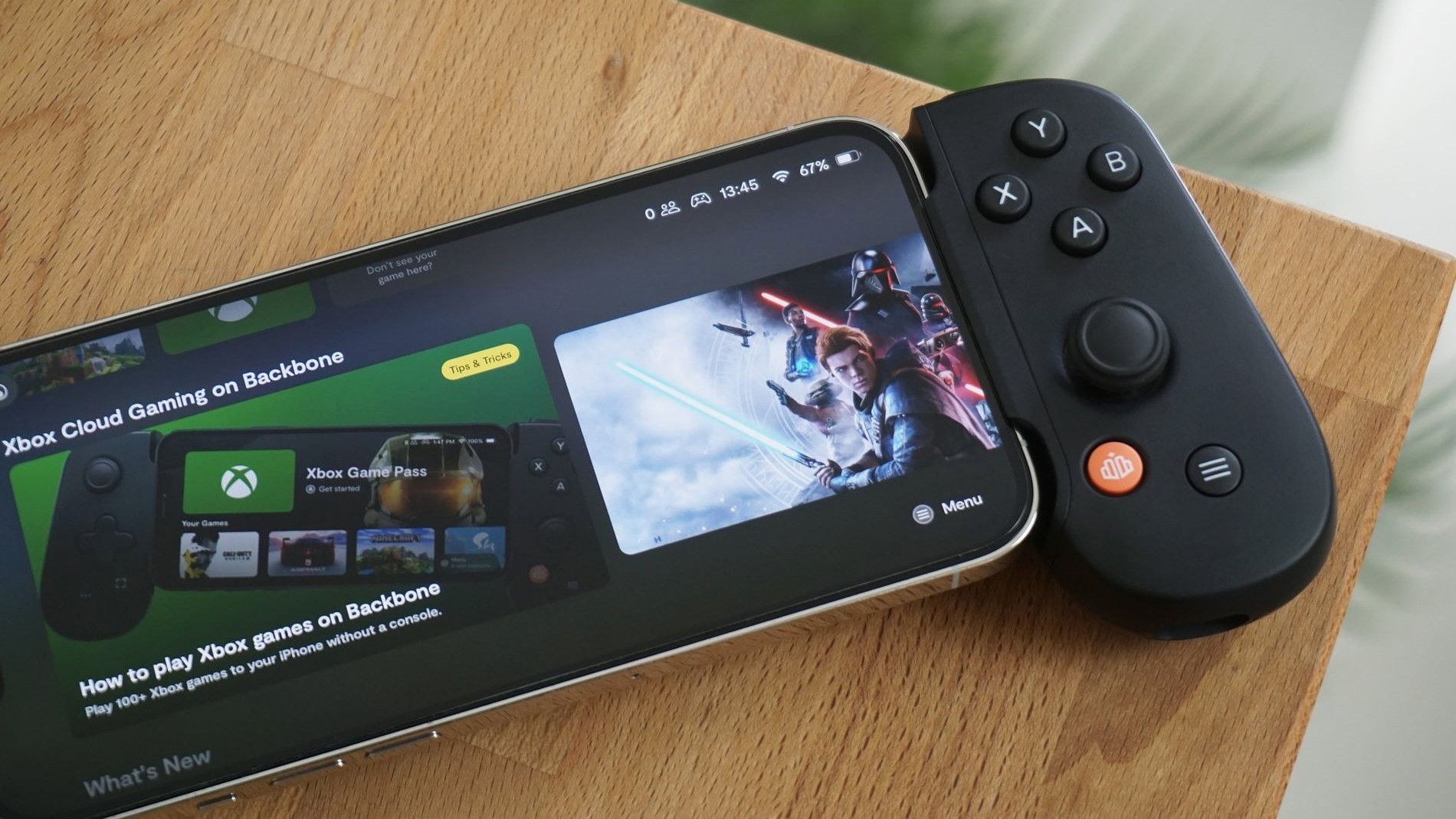Poll: YouTube’s ad blocker war — has Big Stream finally crossed the line?
YouTube throttles videos or shows a black screen for many users who have an ad blocker enabled.

An issue may prevent the poll for appearing for some users. We are working to fix this. Please share your thoughts on YouTube and ad blockers in the comments!
Google is on a bit of a crusade against ad blockers. Last week, the tech giant started showing warning messages stating, “Ad blockers are not allowed on YouTube.”
Another prompt stating "Ad blockers violate YouTube’s terms of service" will also appear in some cases if you try to block ads while watching YouTube videos.
Now, it appears that YouTube is throttling videos and slowing down the user experience if an ad blocker is enabled.
A user on the Brave browser forum shared the following:
"Hi, been using brave to block YouTube ads and it’s technically working but most videos will be black screen for the length of an ad or two with YouTube saying “experiencing interruptions” on the bottom left corner, and one of the possible reasons being ad blockers from what it is saying, is there anything I can do."
Some users have been prevented from viewing videos altogether unless ad blockers are disabled.
The push appears to be part of an effort to convince users to subscribe to YouTube Premium, which removes ads but costs $14 per month.
All the latest news, reviews, and guides for Windows and Xbox diehards.
A Google support document states that ad blockers and other extensions can affect video playback.
Google's war against ad blockers is not new, but the tech giant does appear to be ramping up its efforts. The question is, has Google gone too far?
YouTube is a business. It needs to make money. Most people seem to agree that some form of monetization is acceptable to keep YouTube running and to help creators get paid.
The cost of hosting a video platform the size of YouTube is massive. In early 2024, paid subscriptions generated $15 billion of annual revenue for Google. Many of those subscriptions were for YouTube Premium.
The video platform still makes quite a bit of money from advertising, but the subscription model has clearly proven successful.
At first glance, YouTube's push to block ad blockers seems fair. The platform needs to make money in some way, whether that be ads or a paid subscription. Removing ads without paying for YouTube Premium bypasses YouTube's business model.
But over the years YouTube has increased how many ads appear on videos. I've gone to watch a video that's around one minute long and been shown one minute of ads beforehand. I'd argue that a 1:1 ad to content ratio is a poor user experience.
YouTube Premium also comes with benefits that people may not want. Google launched YouTube Premium Lite earlier this year. That subscription costs $8 per month and removes ads from "traditional videos," but it does not get you access to YouTube Music.
YouTube Premium Lite also lacks features seen in the full version of YouTube Premium, such as downloading content for offline viewing and playing content in the background.
Just months after launching YouTube Premium Lite, Google announced that subscribers would see more ads. That change goes into effect on June 30, 2025, which makes the timing of YouTube's crackdown on ad blockers advantageous for the company.

Sean Endicott is a news writer and apps editor for Windows Central with 11+ years of experience. A Nottingham Trent journalism graduate, Sean has covered the industry’s arc from the Lumia era to the launch of Windows 11 and generative AI. Having started at Thrifter, he uses his expertise in price tracking to help readers find genuine hardware value.
Beyond tech news, Sean is a UK sports media pioneer. In 2017, he became one of the first to stream via smartphone and is an expert in AP Capture systems. A tech-forward coach, he was named 2024 BAFA Youth Coach of the Year. He is focused on using technology—from AI to Clipchamp—to gain a practical edge.
You must confirm your public display name before commenting
Please logout and then login again, you will then be prompted to enter your display name.
